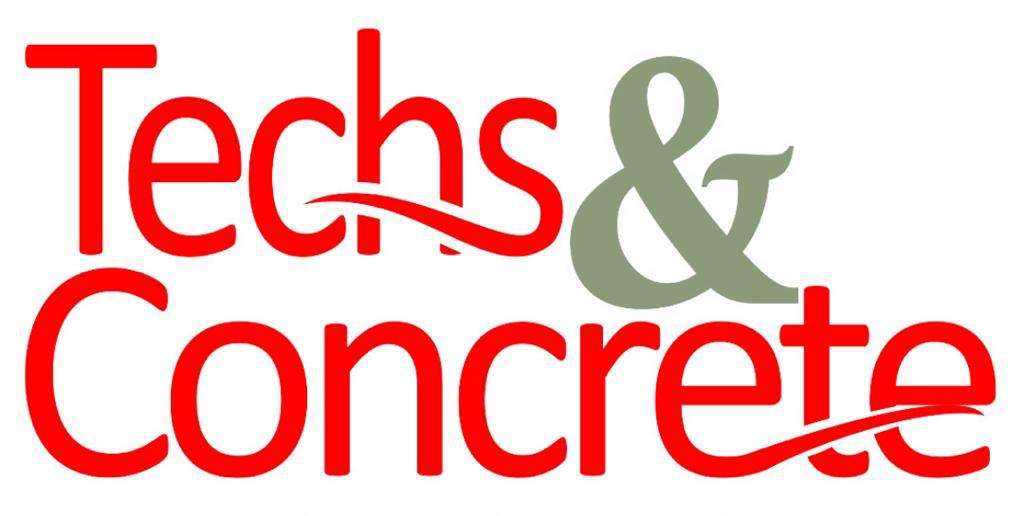
Minimalism has been a growing trend in many areas of design, ranging from fashion to interior decorating. However, its influence has also made an impact in the world of real estate design. In recent years, more and more homeowners are opting for a minimalist approach to renovate or build their properties. The benefits of minimalism extend beyond just aesthetics, as it has the potential to impact real estate design in a variety of ways.
First and foremost, minimalist design maximizes space and functionality. By eliminating any unnecessary clutter and focusing on only the essentials, rooms feel more spacious and open. This is particularly important in smaller homes or apartments where space is limited. Additionally, minimalism encourages the use of high-quality materials and finishes, creating a sleek and modern look. The use of natural materials also means that homes can be designed in a sustainable way, reducing the overall environmental impact.
Another benefit of minimalist design in real estate is the appeal it has to potential buyers. In a competitive real estate market, properties that stand out amongst the rest are more likely to sell quickly and at a higher price. Minimalist design can give a property a distinctive edge, making it more attractive to potential buyers.
However, it is important to note that minimalism can be a challenging approach to real estate design. It requires a careful balance between functionality and aesthetics, and can be difficult to achieve without professional help. Additionally, it may not be everyone's cup of tea, as some may find the starkness of minimalist design too cold or unwelcoming.
Nevertheless, the potential benefits of minimalist design in real estate are clear. From maximizing space and functionality to increasing the appeal of a property to potential buyers, it has a lasting impact on real estate design. As the trend continues to grow, it will be fascinating to see how it evolves and shapes the future of real estate design.

Comments